Trophy hunting is a controversial practice where hunters kill animals for recreational purposes, often in exchange for a fee. These hunts frequently focus on large, charismatic species, including big cats like lions, leopards, and cheetahs. Despite its widespread criticism, proponents argue that it can contribute positively to conservation efforts when managed correctly. This article explores the impact of trophy hunting on big cat populations, aiming to provide a comprehensive understanding of the issue.
Understanding Big Cat Ecologies
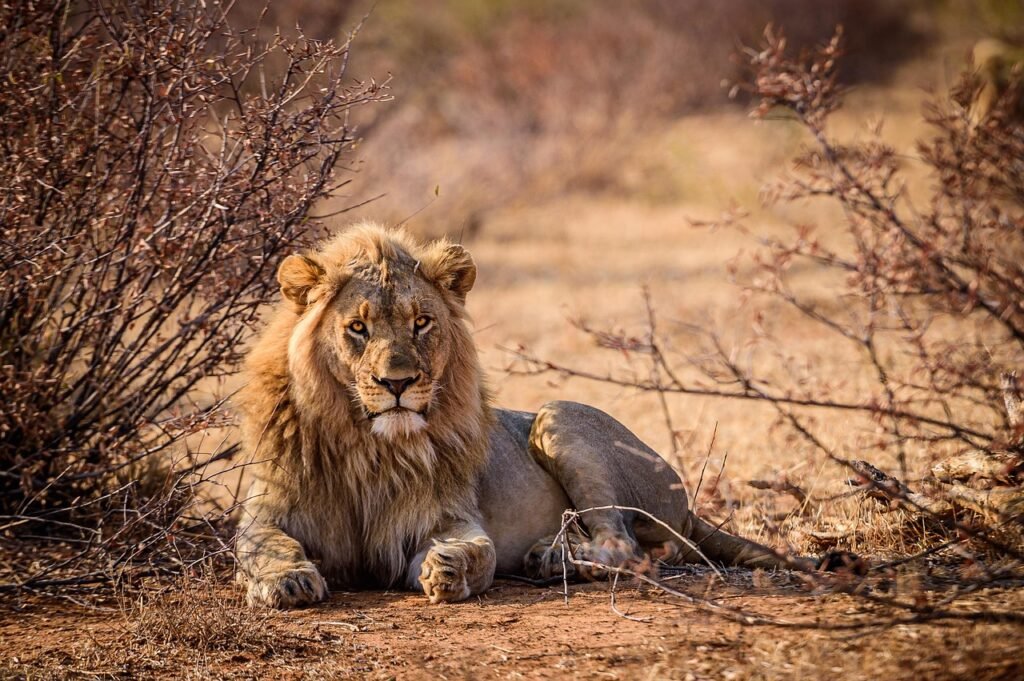
Big cats are apex predators and play crucial roles in maintaining ecosystem balance. They control the populations of herbivores, preventing overgrazing and promoting biodiversity. However, their populations are sensitive due to factors like habitat destruction, human-wildlife conflict, and illegal poaching. Trophy hunting adds another layer of complexity to their conservation challenges.
The Economics of Trophy Hunting
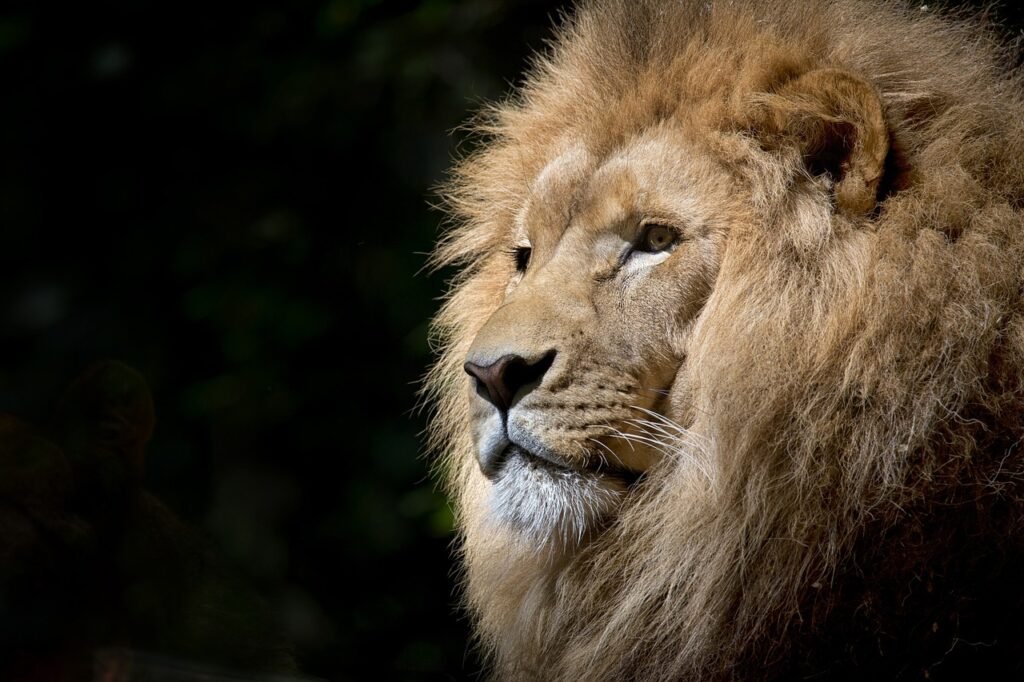
Supporters of trophy hunting often highlight its economic benefits. The fees from hunting permits can be reinvested into conservation programs and local communities. This financial input is particularly significant in regions where funding for wildlife conservation is limited. However, the effectiveness of this approach depends heavily on how the funds are managed and allocated.
Impact on Lion Populations
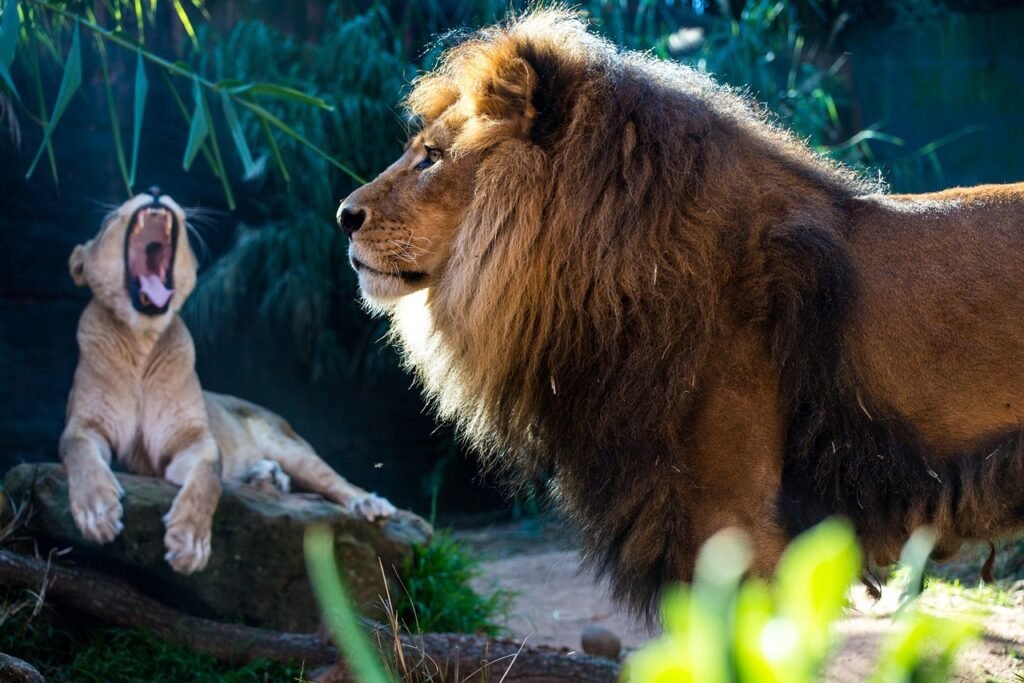
Among big cats, lions are a primary target for trophy hunters. Studies suggest that unsustainable hunting practices have contributed to declining lion numbers in certain regions. Mature male lions, often the preferred targets for hunters, hold social dominance within prides, and their removal can destabilize social structures, leading to increased infanticide and further population decline.
The Case of Leopards and Cheetahs

Leopards and cheetahs are also targets of trophy hunting. Their elusive nature and low density pose significant challenges for sustainable management. Research indicates that hunting can exacerbate existing threats, like habitat loss and genetic bottleneck effects, further endangering their populations.
The Myth of Conservation Hunting
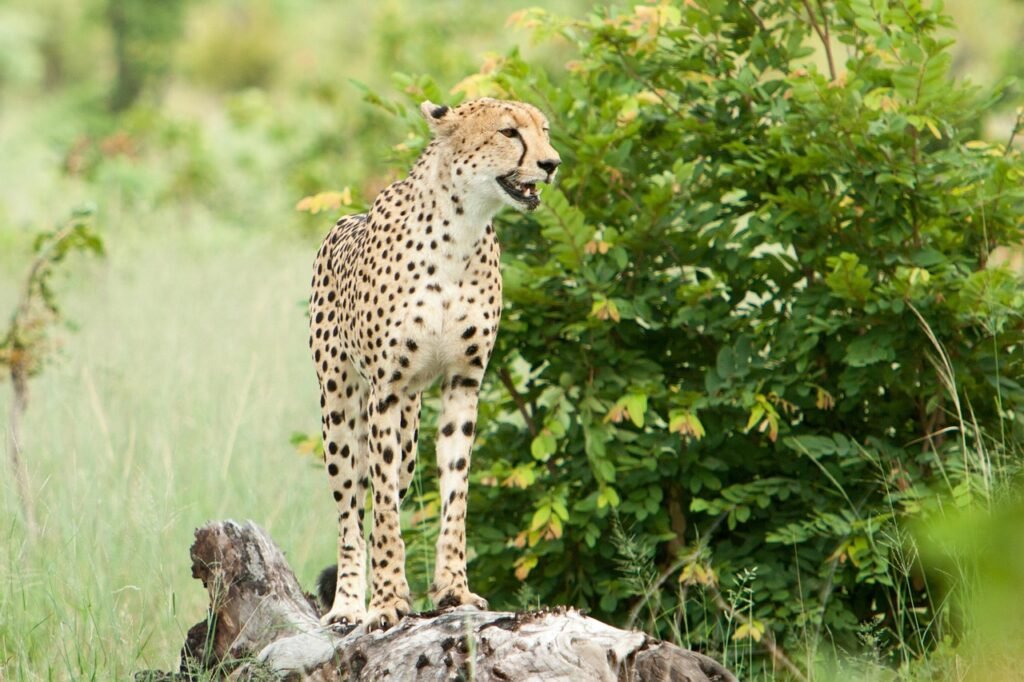
While proponents argue trophy hunting funds conservation, critics highlight several inconsistencies. Mismanagement of funds and insufficient regulations often lead to negligible conservation outcomes. In some cases, only a fraction of the revenue reaches local communities or conservation projects, underscoring the need for stricter oversight and transparency.
Potential Benefits When Regulated

Despite its pitfalls, if regulated effectively, trophy hunting can potentially aid conservation efforts. A well-managed hunting quota system, coupled with rigorous scientific input, can ensure sustainable hunting practices. Such frameworks can help maintain population stability while also generating revenue for conservation activities.
Alternative Conservation Strategies
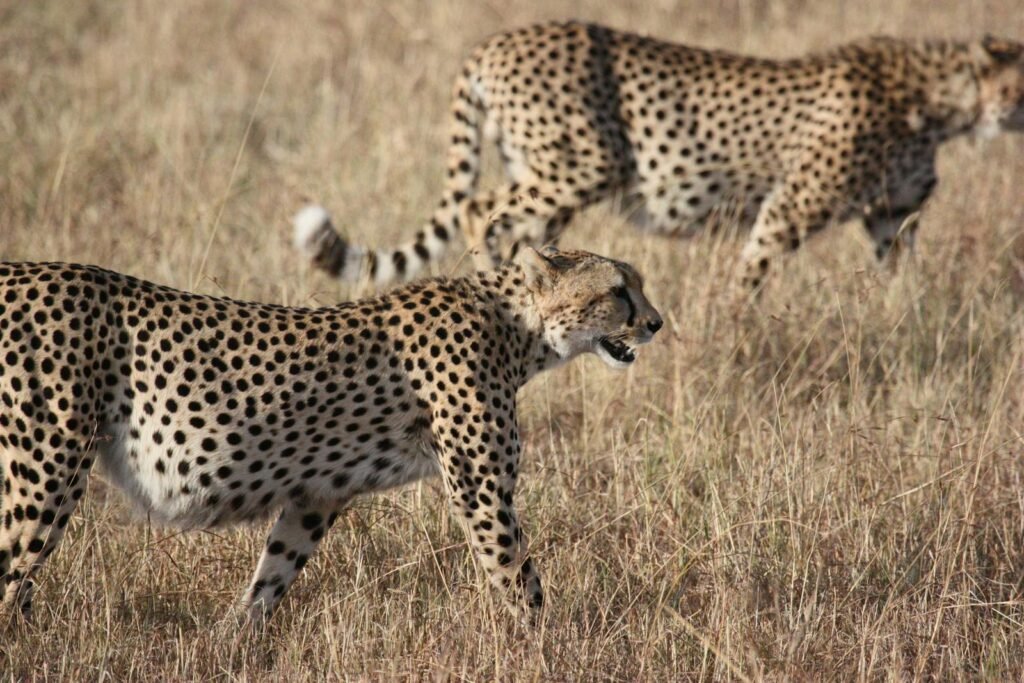
To reduce reliance on trophy hunting, conservationists advocate for alternative strategies. Wildlife tourism, which includes activities like photo safaris, can generate significant income without the ethical concerns associated with hunting. When implemented alongside community engagement and education initiatives, this approach can promote sustainable conservation.
International Policy and Big Cat Conservation
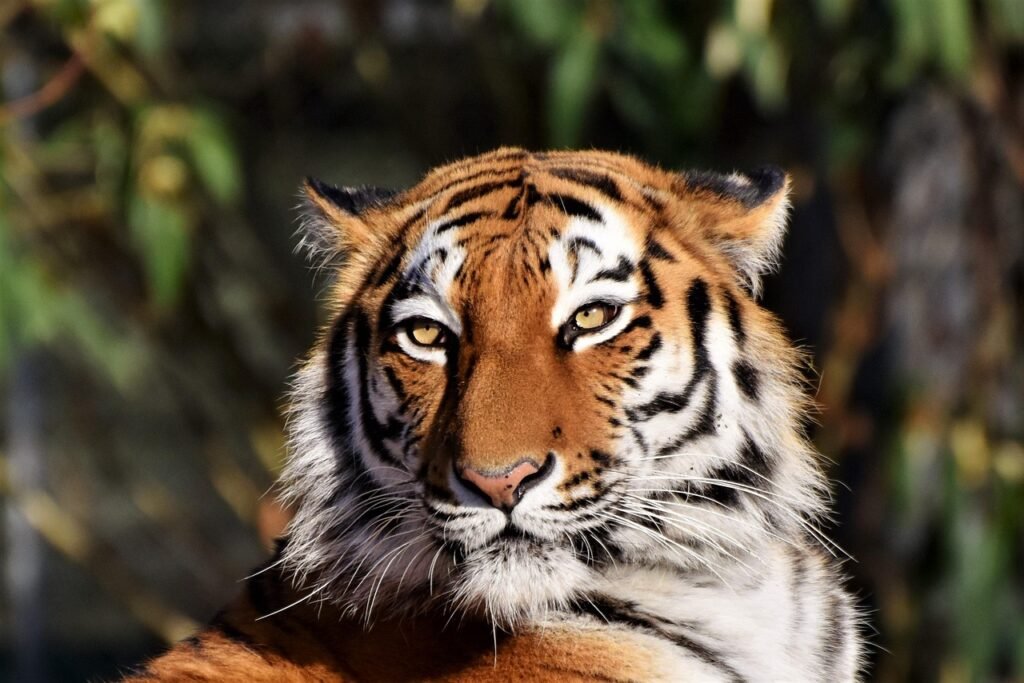
International treaties, such as the Convention on International Trade in Endangered Species of Wild Fauna and Flora (CITES), play a critical role in regulating trophy hunting. These agreements set guidelines for trade and help monitor population impacts, but their effectiveness relies on member countries’ commitment to enforcement and adherence.
Future Directions in Big Cat Conservation
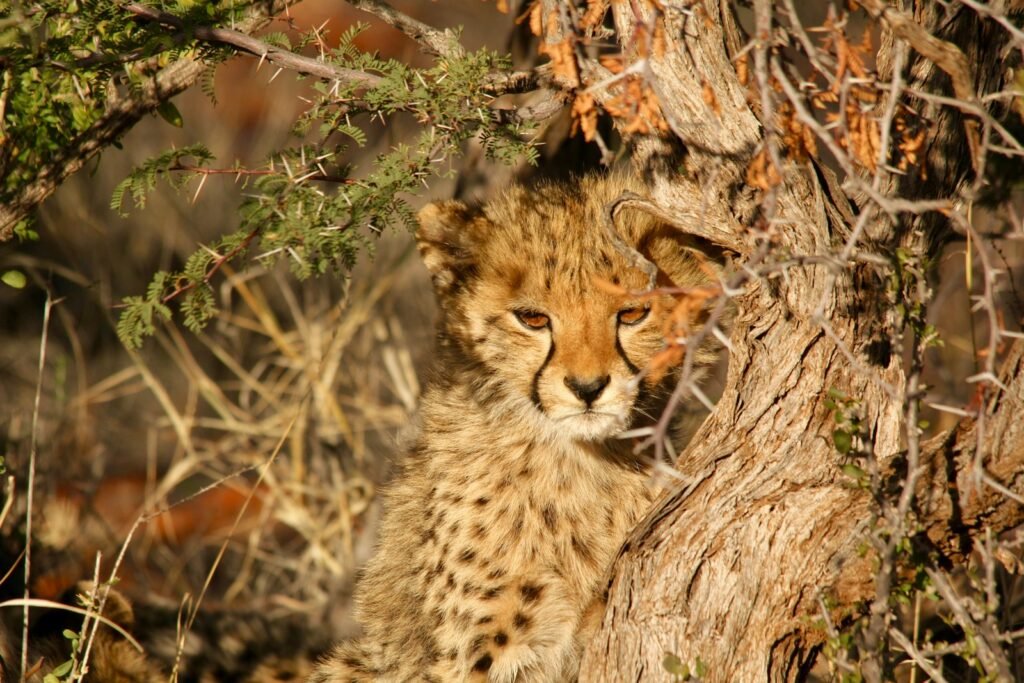
Future conservation efforts must focus on integrating science-based management practices and community involvement. Strategies should prioritize habitat protection, genetic diversity conservation, and reducing human-wildlife conflict. By aligning international collaborations and enhancing local conservation efforts, it is possible to mitigate the negative impacts of trophy hunting on big cat populations.
Conclusion
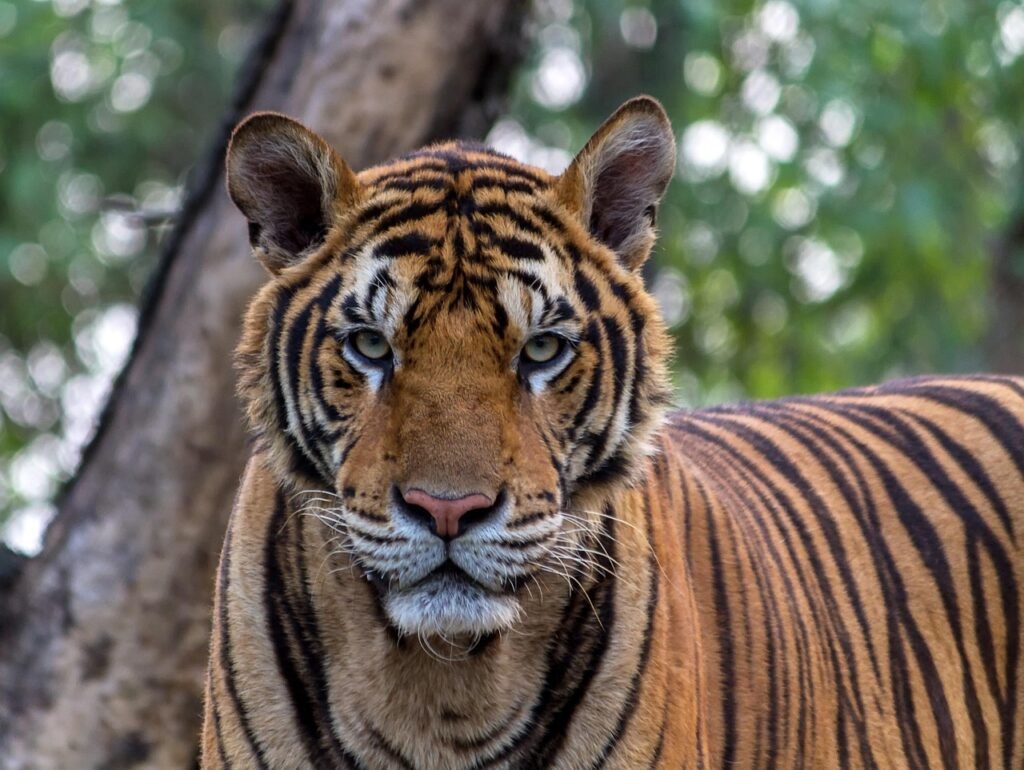
Trophy hunting remains a contentious topic in big cat conservation. While it offers potential benefits, it requires careful management and strict regulations to avoid exacerbating existing threats to these iconic species. By exploring alternative conservation methods and improving regulatory frameworks, stakeholders can work toward more sustainable and ethical approaches to preserving big cat populations for future generations.






